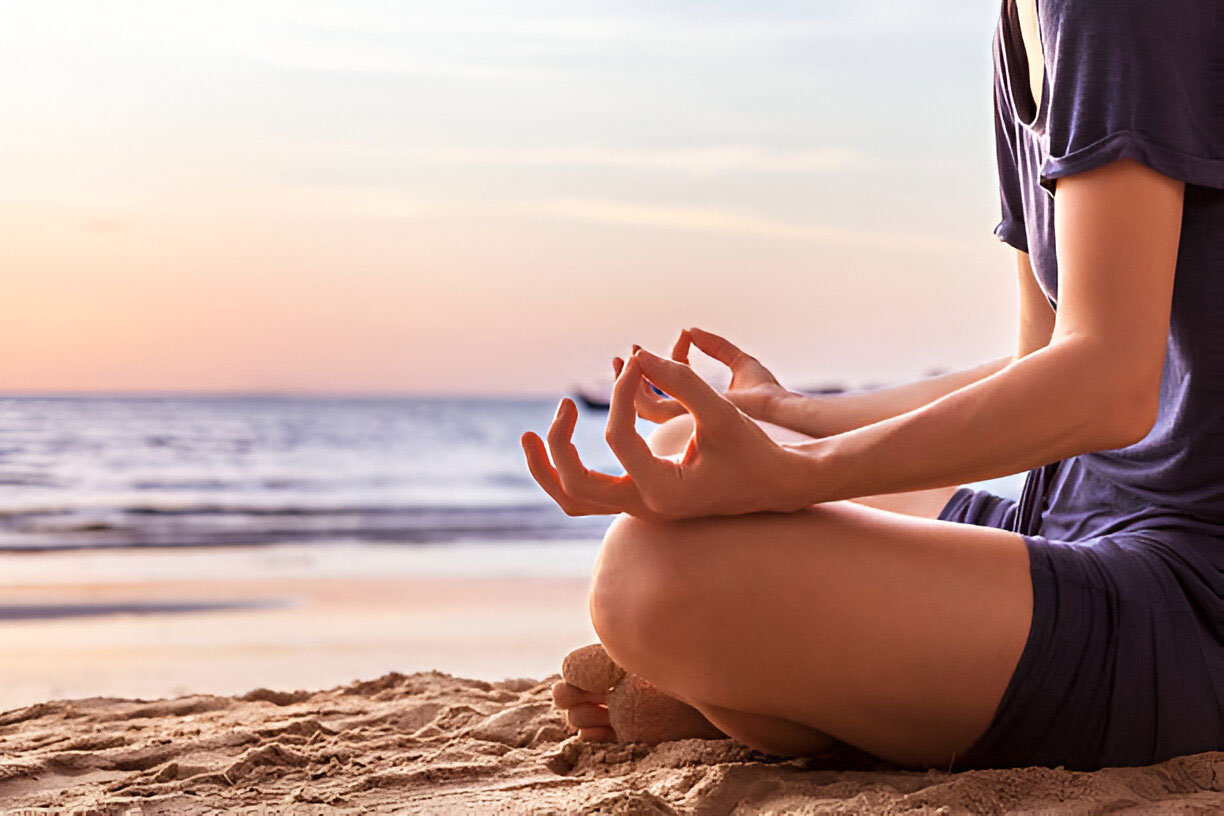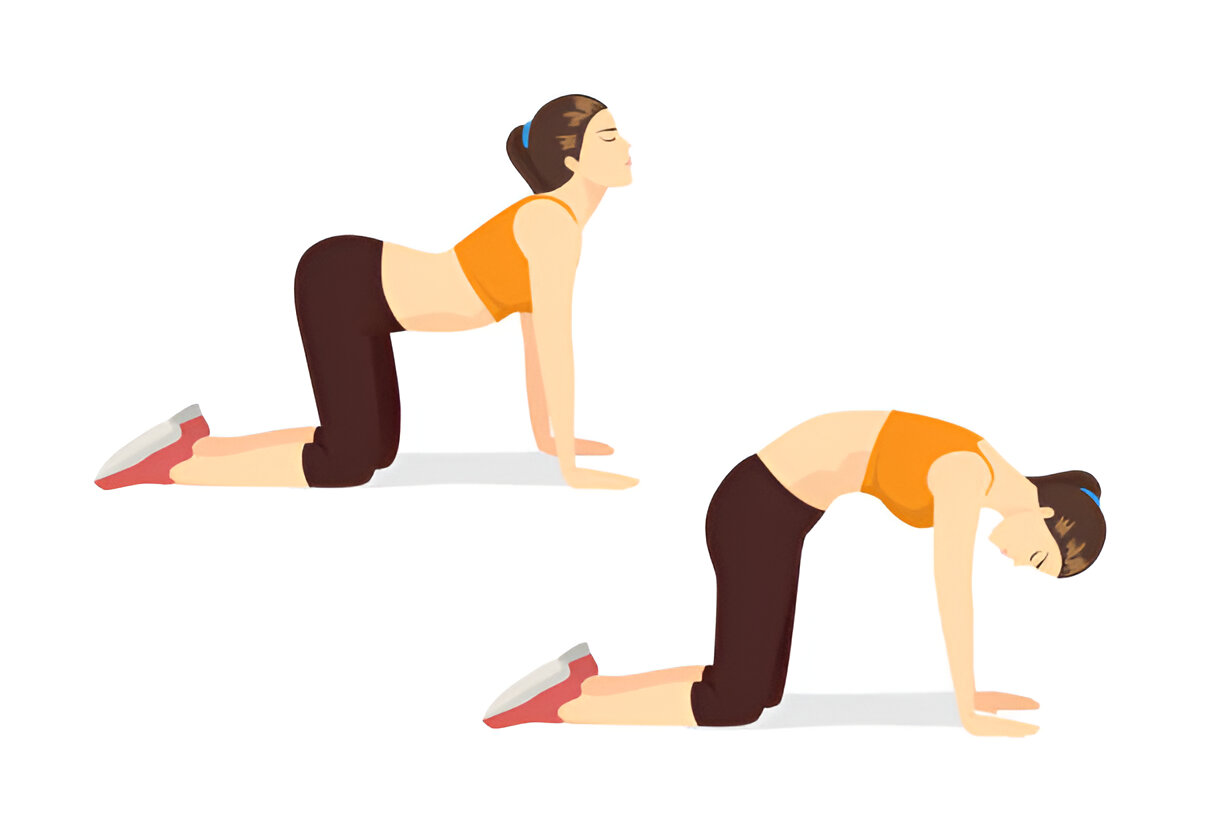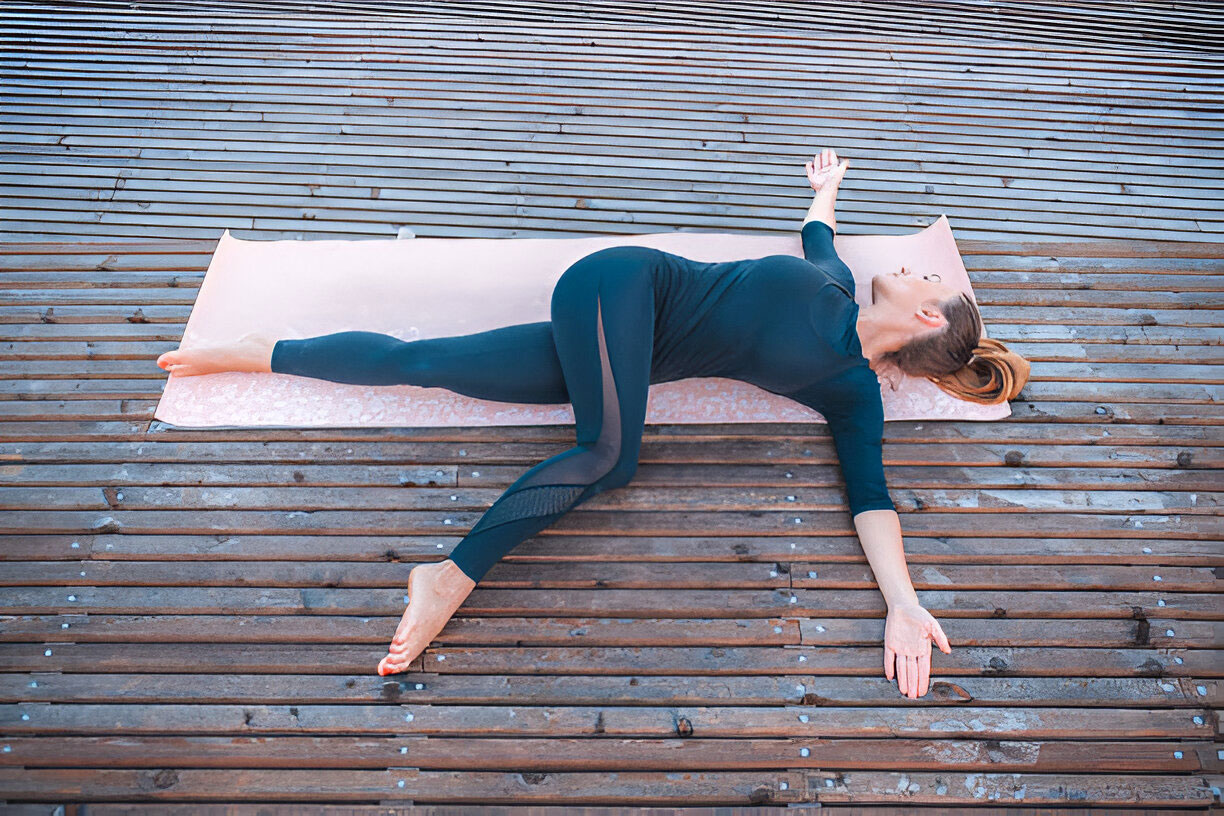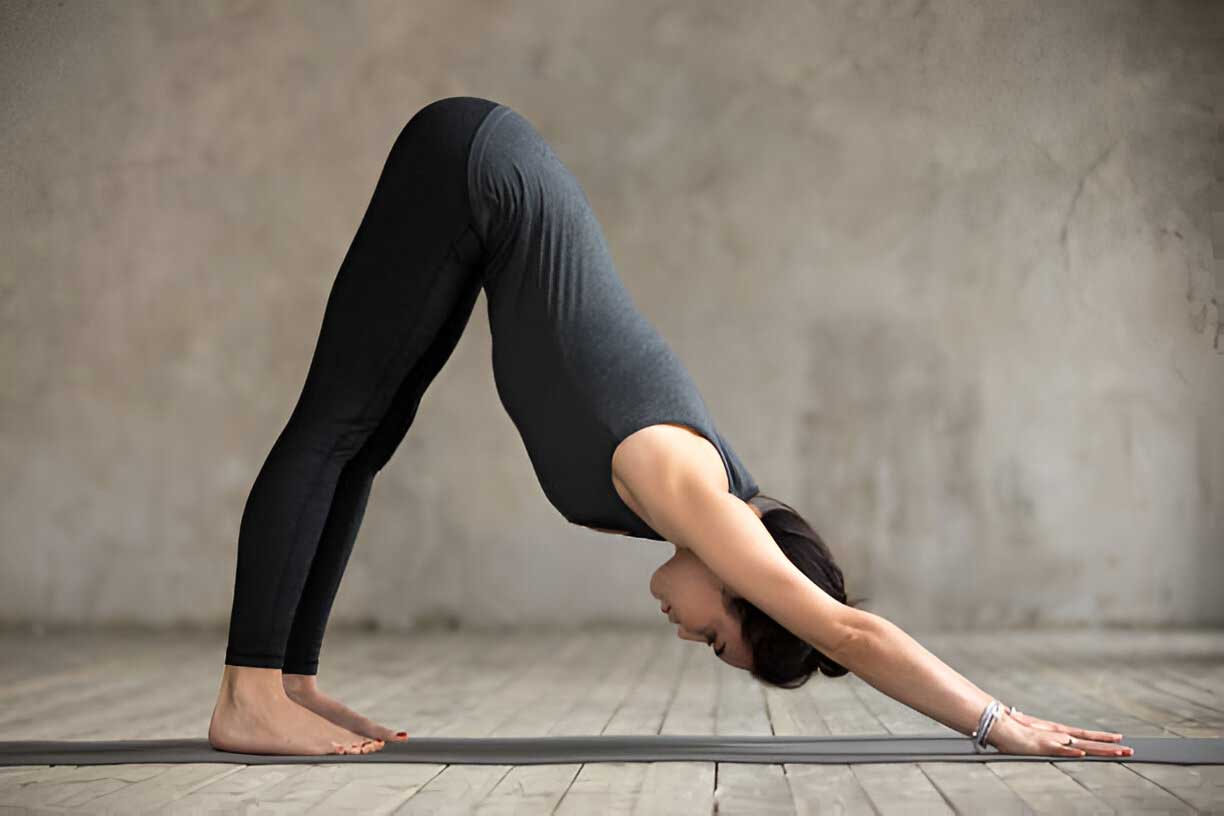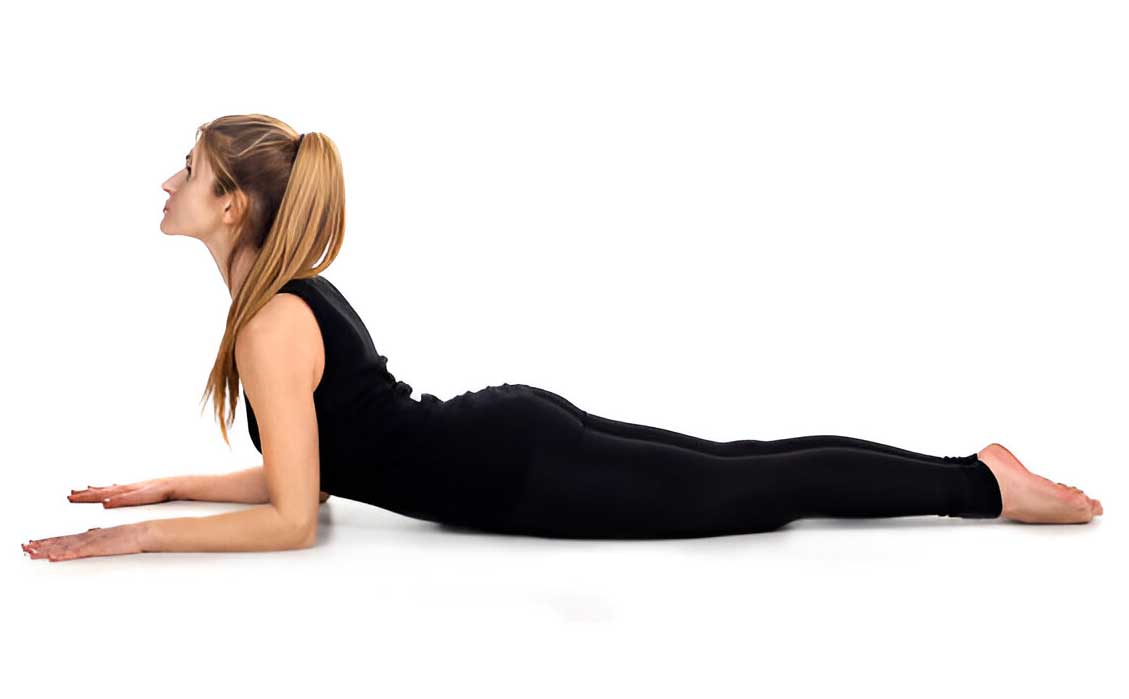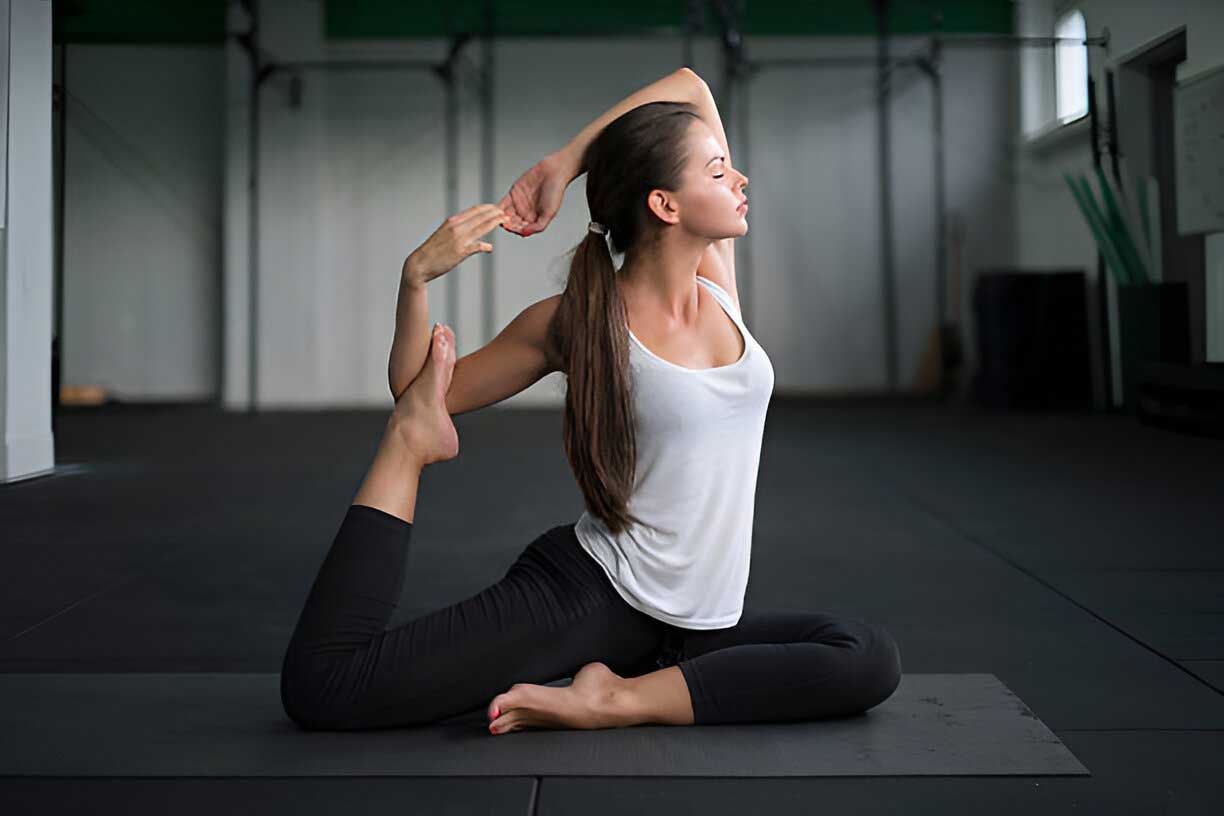Should You Do Yoga if Your Lower Back Feels Tight?
Lower back tightness is a common issue that affects many people, whether due to long hours of sitting, poor posture, stress, or other factors. When your lower back feels tight, you might wonder whether practicing yoga is a good idea. The short answer is yes, but with caution and awareness. Yoga can be an effective way to alleviate tightness and improve flexibility in the lower back, but it’s important to approach it mindfully to avoid further injury.
Understanding Lower Back Tightness
Before diving into whether you should do yoga when your lower back feels tight, it’s essential to understand why this tightness occurs in the first place. The lower back, or lumbar region, is responsible for supporting much of the body’s weight and allowing for movement in various directions. Because of this, it’s particularly vulnerable to strain and tightness. Common causes of lower back tightness include:
- Prolonged Sitting: Sitting for long periods, especially with poor posture, can lead to muscle imbalances and tightness in the lower back.
- Poor Posture: Slouching or hunching over while standing or sitting can put extra strain on the lower back muscles.
- Stress: Emotional stress can cause muscle tension, particularly in the back and shoulders.
- Weak Core Muscles: A weak core can lead to overcompensation by the lower back muscles, resulting in tightness.
- Injury or Overuse: Injuries, such as muscle strains, or overuse from physical activity can cause lower back tightness.
When experiencing lower back tightness, it’s important to listen to your body and approach any form of physical activity, including yoga, with caution.
Benefits of Yoga for Lower Back Tightness
Yoga is known for its ability to improve flexibility, strength, and mental clarity. When it comes to lower back tightness, yoga offers several benefits:
- Improved Flexibility: Yoga stretches the muscles, tendons, and ligaments, helping to release tension in the lower back.
- Strengthening Core Muscles: Many yoga poses engage the core muscles, providing support to the lower back and reducing the risk of future tightness.
- Increased Blood Flow: The gentle movements in yoga promote circulation, which can help alleviate muscle tightness and discomfort.
- Stress Relief: Yoga’s emphasis on deep breathing and mindfulness can reduce stress, which is often a contributing factor to muscle tension.
- Better Posture: Regular yoga practice can help improve posture, reducing strain on the lower back over time.
Yoga Poses for Lower Back Tightness
If your lower back feels tight, certain yoga poses can help alleviate discomfort and improve flexibility. Here are some of the most effective poses to try:
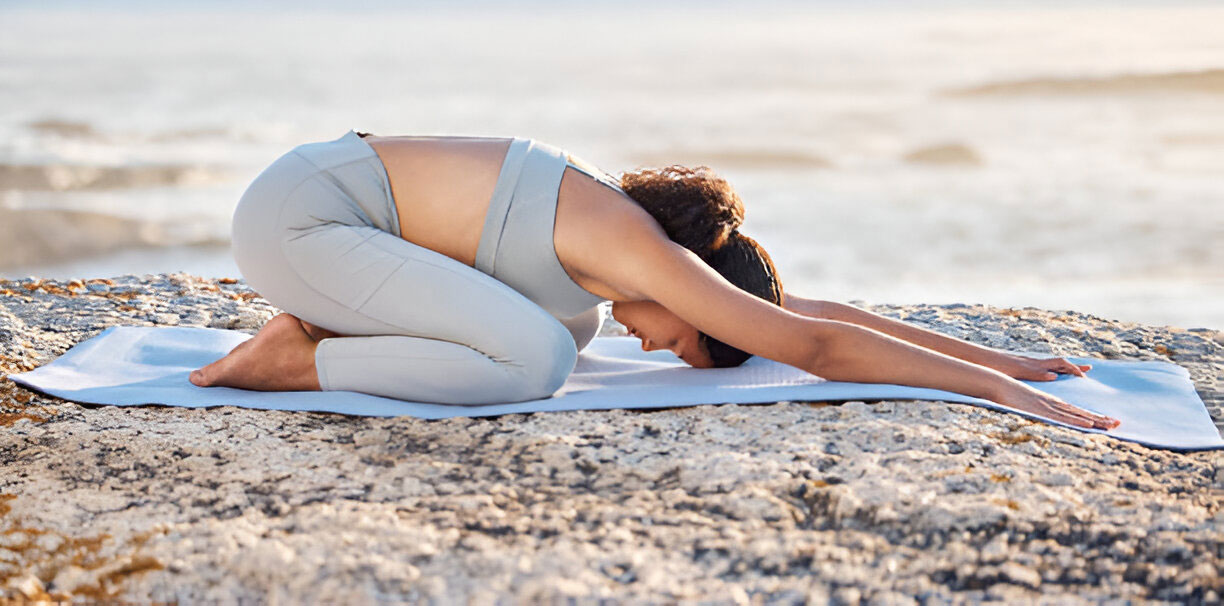
1. Child’s Pose (Balasana)
Child’s Pose is a gentle resting pose that stretches the lower back and hips. It’s an excellent starting point if your lower back feels tight.
How to Do It:
- Start on your hands and knees in a tabletop position.
- Sit your hips back towards your heels, extending your arms forward.
- Rest your forehead on the mat and breathe deeply.
- Hold the pose for 1-2 minutes, focusing on relaxing your lower back.
2. Cat-Cow Pose (Marjaryasana-Bitilasana)
Cat-Cow Pose is a dynamic movement that helps increase flexibility in the spine and relieve tension in the lower back.
How to Do It:
- Begin on your hands and knees in a tabletop position.
- Inhale as you arch your back, lifting your tailbone and chest toward the ceiling (Cow Pose).
- Exhale as you round your spine, tucking your chin to your chest and drawing your navel toward your spine (Cat Pose).
- Continue moving between these two poses for 1-2 minutes.
3. Supine Twist (Supta Matsyendrasana)
The Supine Twist is a gentle twist that helps release tension in the lower back and hips.
How to Do It:
- Lie on your back with your knees bent and feet flat on the floor.
- Extend your arms out to the sides in a T-shape.
- Gently lower both knees to one side, keeping your shoulders grounded.
- Hold the twist for 30 seconds to 1 minute, then switch sides.
4. Downward-Facing Dog (Adho Mukha Svanasana)
Downward-Facing Dog is a full-body stretch that elongates the spine and helps release tightness in the lower back.
How to Do It:
- Start on your hands and knees in a tabletop position.
- Lift your hips toward the ceiling, straightening your legs and forming an inverted V-shape.
- Keep your hands shoulder-width apart and your feet hip-width apart.
- Hold the pose for 1-2 minutes, focusing on lengthening your spine.
5. Sphinx Pose (Salamba Bhujangasana)
Sphinx Pose is a gentle backbend that strengthens the lower back while promoting flexibility.
How to Do It:
- Lie on your stomach with your legs extended and your elbows under your shoulders.
- Press your forearms into the mat and lift your chest, keeping your lower back engaged.
- Hold the pose for 1-2 minutes, breathing deeply.
6. Pigeon Pose (Eka Pada Rajakapotasana)
Pigeon Pose is a deep hip opener that can help release tightness in the lower back by stretching the hip flexors and glutes.
How to Do It:
- Start in a tabletop position.
- Bring your right knee forward, placing it behind your right wrist, and extend your left leg back.
- Lower your hips toward the mat, keeping your hips square.
- Hold the pose for 1-2 minutes, then switch sides.
Precautions to Take When Practicing Yoga for Lower Back Tightness
While yoga can be beneficial for alleviating lower back tightness, it’s important to practice with caution, especially if you’re new to yoga or have a pre-existing condition. Here are some precautions to keep in mind:
- Avoid Deep Forward Bends: Deep forward bends can put extra strain on the lower back. If you’re experiencing tightness, it’s best to avoid these poses or practice them with a slight bend in the knees.
- Listen to Your Body: If a pose causes pain or discomfort, ease out of it and try a gentler variation. Yoga should never cause pain.
- Warm Up First: Before diving into yoga poses, take a few minutes to warm up your body with gentle movements or a short walk.
- Use Props: Don’t hesitate to use yoga props like blocks, straps, or bolsters to support your body in poses and prevent strain.
- Stay Hydrated: Drink plenty of water before and after your practice to keep your muscles hydrated and reduce the risk of cramps.
Treatment Options for Lower Back Tightness
In addition to yoga, there are several other treatment options that can help alleviate lower back tightness. Here are some of the most effective methods:
1. Heat Therapy
Applying heat to the lower back can help relax tight muscles and improve blood flow. You can use a heating pad, hot water bottle, or take a warm bath to soothe the affected area. Aim to apply heat for 15-20 minutes at a time, several times a day, especially before practicing yoga or stretching.
2. Massage Therapy
Massage therapy can be an effective way to release muscle tension and improve circulation in the lower back. A professional massage therapist can target specific areas of tightness, helping to alleviate discomfort. If professional massage isn’t an option, consider using a foam roller or massage ball to perform self-massage at home.
3. Physical Therapy
If your lower back tightness is persistent or severe, it may be helpful to consult a physical therapist. A physical therapist can assess your condition and create a personalized exercise program to strengthen and stretch the muscles in your lower back and core. They may also use techniques such as ultrasound, electrical stimulation, or manual therapy to reduce tightness and improve mobility.
4. Chiropractic Care
Chiropractic care involves manual manipulation of the spine to improve alignment and relieve pressure on the lower back muscles. A chiropractor can perform adjustments that may help reduce tightness and improve overall spinal health. It’s important to choose a qualified and experienced chiropractor to ensure safe and effective treatment.
5. Acupuncture
Acupuncture is a traditional Chinese medicine practice that involves inserting thin needles into specific points on the body to promote healing and relieve pain. Some studies suggest that acupuncture can be effective in reducing lower back pain and tightness. If you’re considering acupuncture, make sure to choose a licensed and experienced practitioner.
6. Over-the-Counter Pain Relief
Over-the-counter pain relievers, such as ibuprofen or acetaminophen, can provide temporary relief from lower back tightness. These medications work by reducing inflammation and relieving pain. However, they should only be used as a short-term solution and not as a substitute for addressing the underlying cause of the tightness.
7. Posture Correction
Poor posture is a common cause of lower back tightness. Making a conscious effort to improve your posture can help alleviate tension in the lower back. Consider incorporating ergonomic changes in your workspace, such as using a chair with proper lumbar support, adjusting the height of your desk, and taking regular breaks to stand and stretch.
8. Core Strengthening Exercises
A strong core provides essential support to the lower back and can help prevent and alleviate tightness. In addition to yoga, consider incorporating core-strengthening exercises into your routine, such as planks, bridges, and leg lifts. These exercises target the muscles in the abdomen, hips, and lower back, helping to create a stable foundation for movement.
9. Mindfulness and Relaxation Techniques
Stress is a major contributor to muscle tension, including in the lower back. Practicing mindfulness and relaxation techniques, such as deep breathing, meditation, and progressive muscle relaxation, can help reduce stress and alleviate tightness. Incorporating these techniques into your daily routine can promote overall well-being and prevent future episodes of lower back tightness.
10. Rest and Recovery
Sometimes, the best treatment for lower back tightness is simply rest. If your tightness is due to overuse or injury, taking a break from physical activity and allowing your muscles to recover can be beneficial. Make sure to get plenty of sleep, as adequate rest is essential for muscle repair and overall health.
When to Seek Medical Attention
While yoga and other treatment options can be effective for relieving lower back tightness, it’s important to recognize when you may need to seek medical attention. If you experience any of the following symptoms, it’s best to consult a healthcare professional:
- Severe or persistent pain: If your lower back pain is intense, doesn’t improve with rest or treatment, or lasts for more than a few weeks, it’s important to seek medical advice.
- Numbness or tingling: If you experience numbness, tingling, or weakness in your legs or feet, it could be a sign of nerve compression or another underlying condition.
- Loss of bladder or bowel control: This is a rare but serious symptom that requires immediate medical attention, as it could indicate a condition known as cauda equina syndrome.
- Sudden, unexplained weight loss: If you experience unexplained weight loss along with lower back pain, it’s important to consult a healthcare professional to rule out any serious underlying conditions.
Conclusion
In conclusion, practicing yoga can be a beneficial and effective way to alleviate lower back tightness, as long as it is done mindfully and with proper precautions. Yoga poses such as Child’s Pose, Cat-Cow, and Supine Twist can help stretch and strengthen the muscles in the lower back, providing relief from tightness and discomfort. However, it’s important to listen to your body, avoid deep forward bends, and take necessary precautions to prevent further strain.
In addition to yoga, there are several other treatment options available for lower back tightness, including heat therapy, massage therapy, physical therapy, chiropractic care, and acupuncture. These methods, combined with proper posture correction, core strengthening exercises, and mindfulness techniques, can provide comprehensive relief from lower back tightness.
If your lower back tightness persists or is accompanied by severe pain or other concerning symptoms, it’s important to seek medical attention to rule out any serious underlying conditions. By taking a holistic approach to treatment, you can effectively manage lower back tightness and improve your overall well-being.

